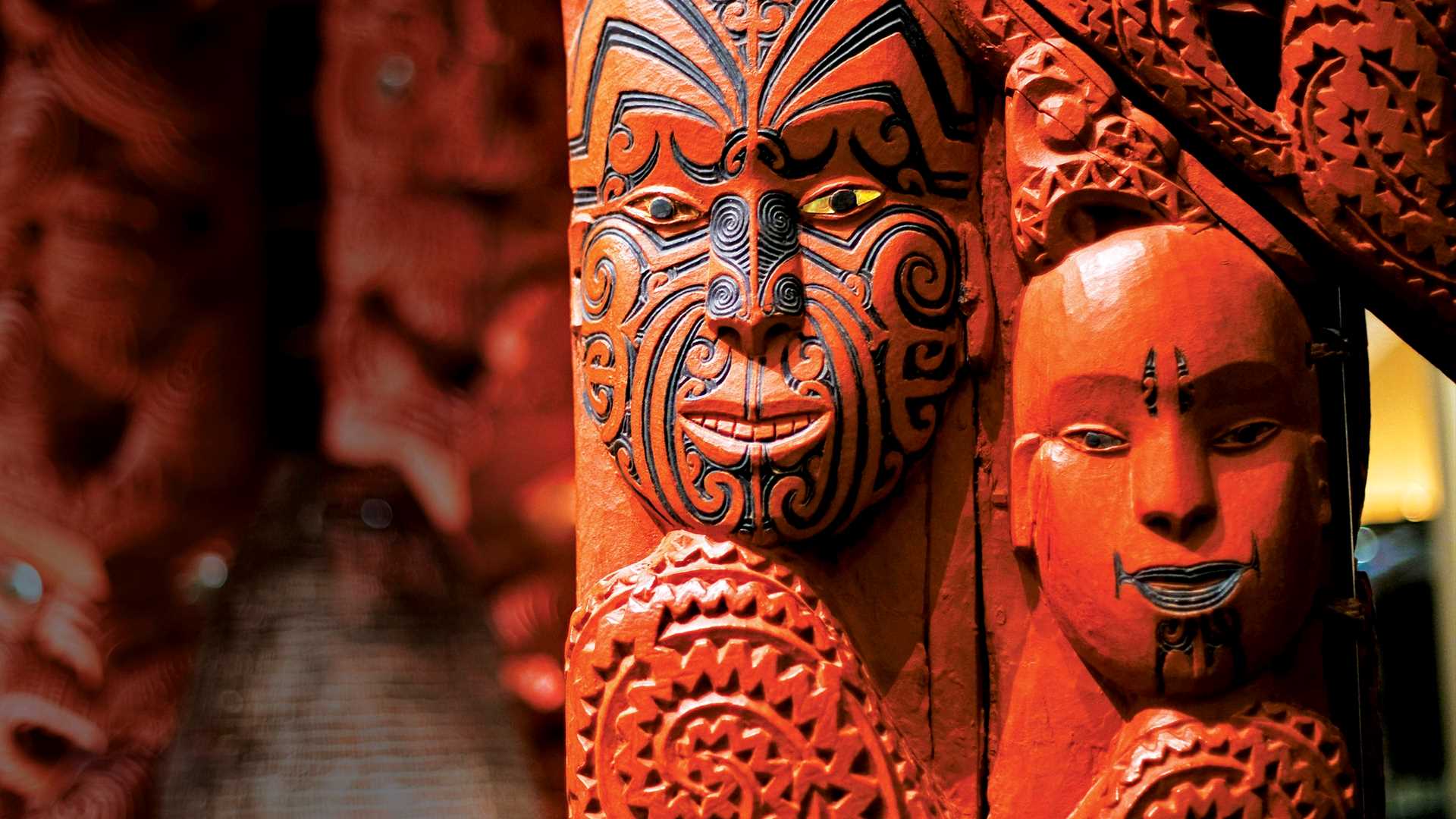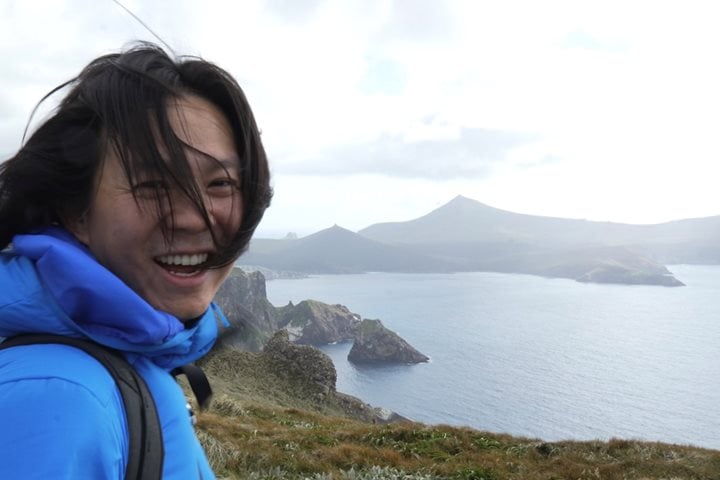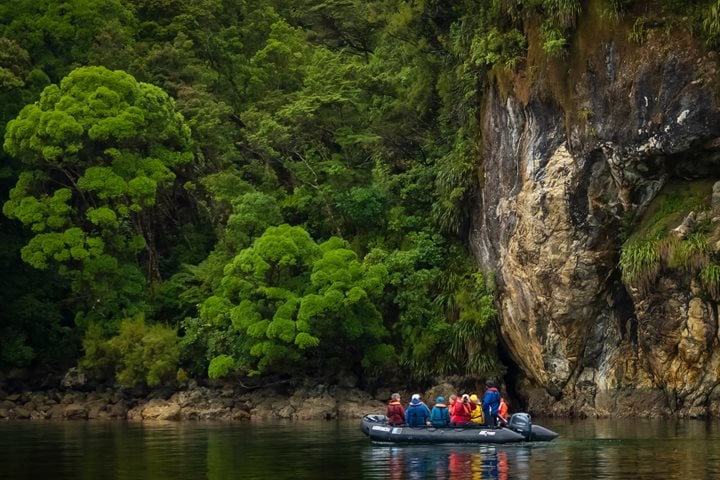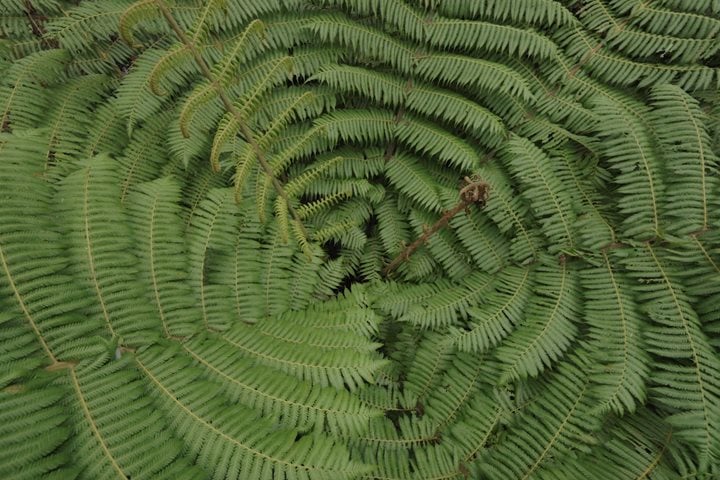The Māori were the first humans to inhabit New Zealand, or Aotearoa, which is commonly translated to “land of the long, white cloud.” As the story goes, the great navigator Kupe journeyed across the Pacific until his wife Kuramarotini cried out, spotting a distant island shrouded in clouds. Around the late 13th century, these Polynesian descendants first landed on the North Island—land that Māori mythology says the trickster demigod Māui pulled up from the sea with his enchanted fishhook—and settled across the country, developing their own unique derivative of Polynesian culture. Get Inspired by Photos, Videos, Webinars, Stories, and Exclusive Offers. Sign Up
Over the last few decades, Māori tikanga (customs) have had a renaissance of appreciation after centuries of assimilation efforts despite the 1840 Treaty of Waitangi, which was meant to enable British settlers and the tangata whenua (indigenous people) to move forward as two cultures sharing one nation. Activism in the 1970s led to policy aiming to restore the true biculturalism the treaty set forth. Once forbidden, the native tongue, te reo Māori, is now a national language of New Zealand. Māori comprise around 16.5 percent of the population, and many proudly work to keep their heritage alive—both by interweaving Māori values with modern life and by sharing their cultural taonga (treasures) with visitors.
Customs and cultural traditions
Today, the best place to experience what pre-treaty life was like for the Māori is on a marae, a sacred communal space used for weddings, funerals, and other notable occasions. Upon arrival, manuhiri (guests) are met with a pōwhiri, a welcoming ceremony that’s unique to the hau kāinga (local people). Traditionally, a woman will perform a karanga (call) as a signal to advance toward the wharenui (meeting house). At tourism sites, a warrior may recreate an intimidating and curious form of haka (dance) to discern whether visitors come in peace. Following whaikorero (speeches) and waiata (songs), guests may also perform the hongi, a greeting wherein two people press noses to exchange hā (the breath of life). According to Māori legend, Tane Mahuta, the god of the forest, created the first woman, Hine-ahu-one, by forming her body out of the earth and pressing his nose to hers.
Legends like this one are deeply embedded within Māori toi whakaari (performing arts) like the renowned haka, an expressive and deliberate dance used to celebrate achievements or prepare for battle. Chants honoring the history of ancestors and ancestral lands are accompanied by pūkana (wide-eyed, tongue-baring facial expressions) and rhythmic body slapping and feet stamping in this sacred showing of pride. One of the most widespread haka, “Ka Mate,” was composed by Te Rauparaha, who was chief of the Ngāti Toa tribe, as an expression of gratitude after escaping death by hiding in a food pit.
Toi ataatai (visual art) is rich in cultural symbolism, as well. The body becomes a canvas in the practice of tā moko (tattooing), which inks whakapapa (genealogy or ancestry) onto the skin. Other members of an iwi (tribe) can interpret the elaborate, swirling motifs to see personal history, occupation, or status. The beautiful art of whakairo (carving) also dresses weapons, musical instruments, waka (canoes) and village structures in intricate narratives of past and present.
Whether you’re visiting a recreated ancient village to share a traditional hāngī meal—a method of cooking flavorful meat and vegetables with heated river rocks buried in a pit oven—or exchanging a cheery “kia ora!” with a local shopkeeper, the warm hospitality you’ll experience is perhaps New Zealand’s best homage to its Māori roots.




